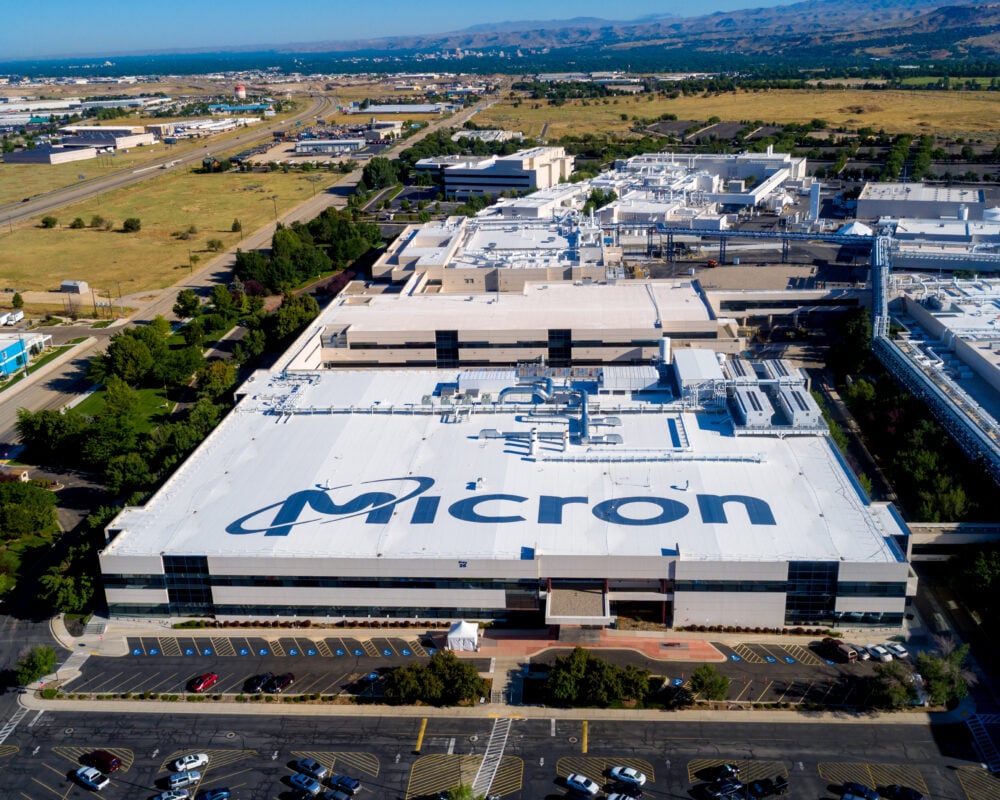TLDRs;
- Micron halts server chip sales to China after a 2023 government ban on critical infrastructure use.
- The exit benefits rivals Samsung, SK Hynix, YMTC, and CXMT amid China’s surging data center investment.
- Micron retains presence in automotive, mobile, and offshore data center markets.
- The shift could reshape Asia’s semiconductor balance and accelerate localization in China’s chip industry.
Micron Technology has reportedly ceased selling server chips to Chinese data centers after struggling to recover from a 2023 government ban targeting its products in critical infrastructure.
The move marks another chapter in the widening U.S.–China tech rift and could permanently alter the competitive landscape of Asia’s data economy.
According to sources familiar with the decision, the Idaho-based memory giant, known for its DRAM and NAND flash products, will continue supplying chips to Chinese customers with data center operations overseas, such as Lenovo. Micron will also maintain its supply chain in automotive and mobile markets, where restrictions remain less stringent.
Last year, Micron derived approximately US$3.4 billion, or about 12% of its total revenue, from mainland China. Despite that sizable footprint, Beijing’s ban has left the company unable to regain lost ground, especially in the rapidly expanding server memory sector.
Rivals Gain Ground in Booming Market
Micron’s retreat is already paying dividends for its competitors. Industry leaders Samsung Electronics and SK Hynix, along with domestic Chinese players YMTC (Yangtze Memory Technologies Co.) and CXMT (ChangXin Memory Technologies), are filling the vacuum left by Micron’s exit.
China’s data center market has experienced explosive growth, with investments reportedly surging ninefold to 24.7 billion yuan (US$3.4 billion) in 2024. Analysts suggest that the bulk of this spending is now flowing to Micron’s rivals, who have been quick to ramp up local partnerships and supply deals.
“Even a conservative estimate of Micron’s pre-ban market share suggests it may have lost $300 to $500 million annually,” one industry observer noted. “Those gains are now being redistributed among Samsung, SK Hynix, and homegrown champions.”
Strategic Shifts and Offshore Opportunities
While Micron’s departure marks a setback in China, it may create new openings across the Asia-Pacific region, where data infrastructure is expanding rapidly. Countries such as India, Malaysia, Indonesia, and Thailand are investing heavily in hyperscale data centers, with total regional capacity expected to hit 14 gigawatts by the end of 2025.
Micron will continue supplying chips to Chinese companies operating offshore facilities like Lenovo which could bolster demand in these emerging hubs. India alone has tripled its data center capacity since 2019, growing from about 400 megawatts to over 1.2 gigawatts, and could exceed 2 GW within three years.
These offshore expansions provide Western chipmakers with a buffer against domestic restrictions while reinforcing supply chains outside of mainland China’s regulatory reach.
Micron Maintains a Foothold in China
Despite scaling back server chip sales, Micron has not entirely withdrawn from the Chinese market. The company still operates a packaging and testing facility in Xi’an, underscoring its ongoing commitment to localized production and global supply stability.
Its team of more than 300 data center employees in China continues to support various technical and operational functions, though the impact of the latest decision on local jobs remains uncertain.
For now, Micron’s strategy seems to balance compliance with geopolitical pressures while sustaining its global reach. Yet, its pullback reinforces a broader narrative: as U.S. export controls tighten and China accelerates chip self-sufficiency, the semiconductor industry is dividing along new geographic and strategic lines.





